
|
Rescooped by
Richard Platt
from WEARABLES - INSIDABLES - IOT - CONNECTED DEVICES - QUANTIFIEDSELF
onto Wearable Tech and the Internet of Things (Iot) December 27, 2021 7:17 PM
|
Follow, research and publish the best content
Get Started for FREE
Sign up with Facebook Sign up with X
I don't have a Facebook or a X account
Already have an account: Login





 Your new post is loading...
Your new post is loading...

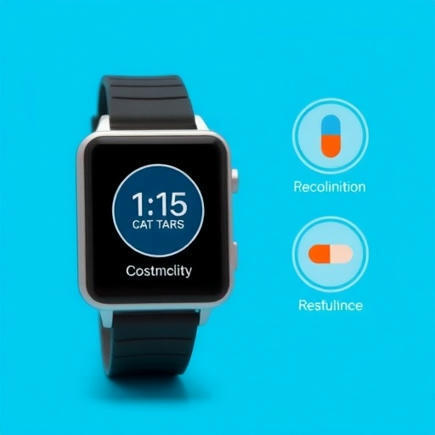

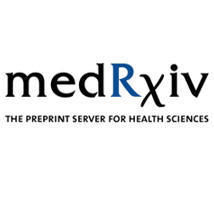


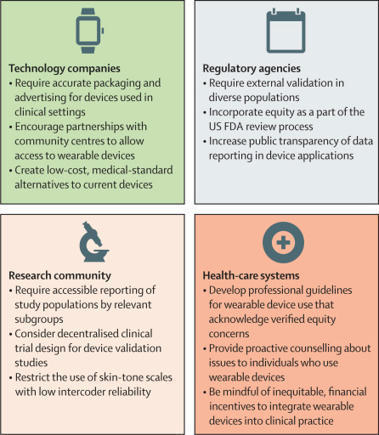
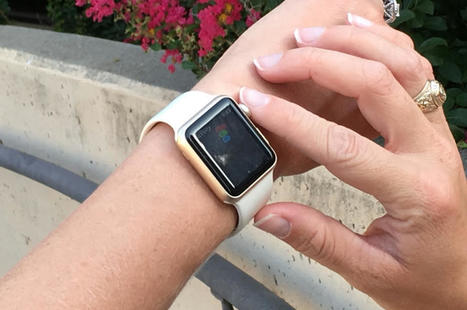

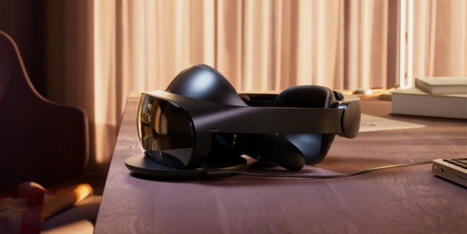
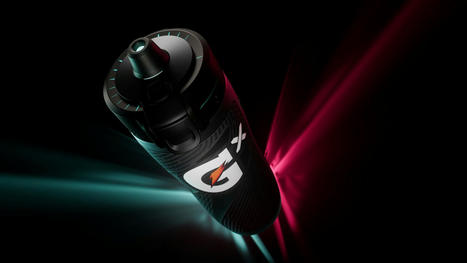
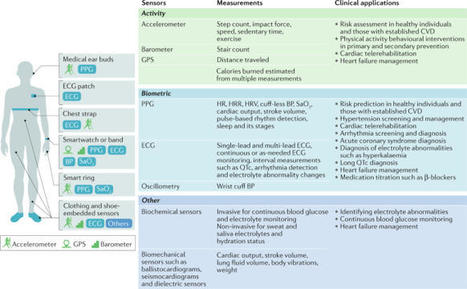
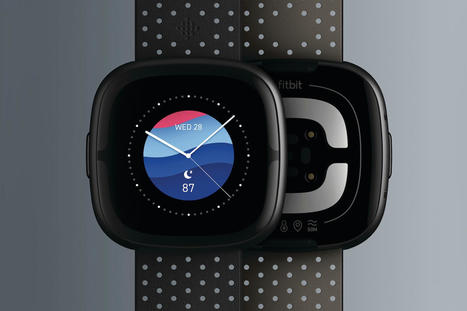
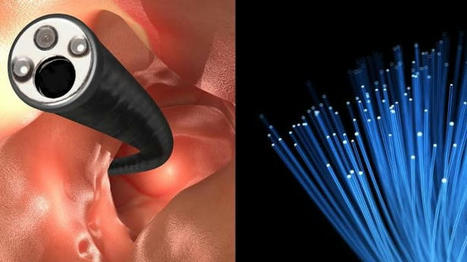
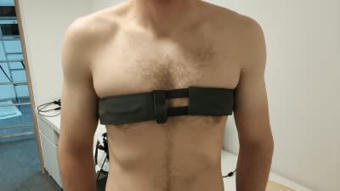

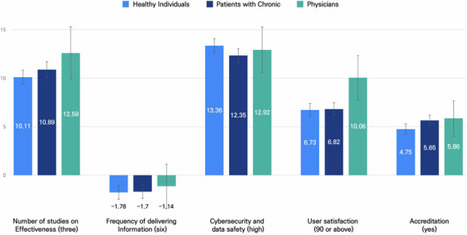


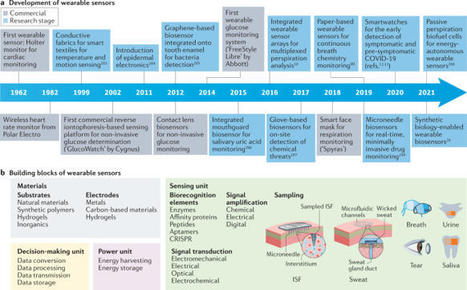
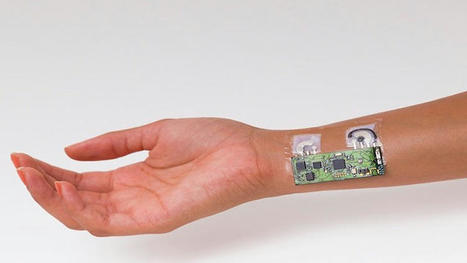
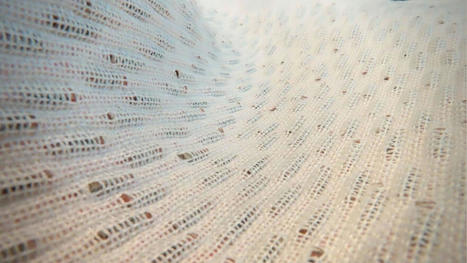
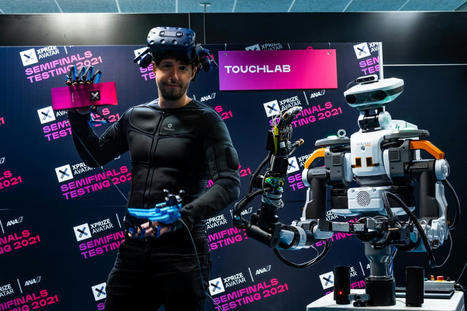
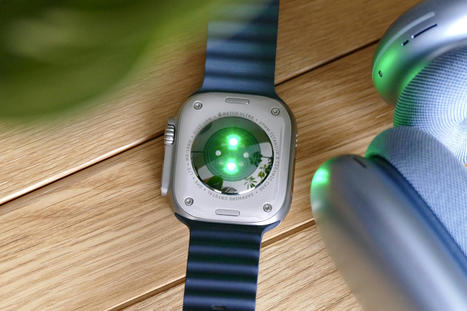

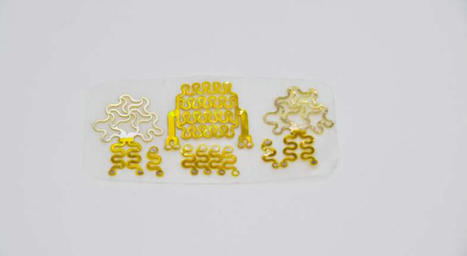





Research shows the wearables market is estimated to grow to a 19% CAGR from 2020 to 2030, representing a potential economic value of $0.5-$1.8 trillion by 2030. This growth includes consumer, industrial, and medical applications, but market activity indicates significant promise (and movement) in the healthcare domain: In 2020, global shipments of hearables, watches, wristbands, and other wearables stand at 444.7 million units. Academia continues to drive innovation to ever-smaller technology, with advances in implantable chips, flexible batteries, and flexible sensors. Device manufacturers are well-positioned to capitalize on this unique opportunity. However, to deliver devices useful for clinicians and patients, the wearable tech must advance further. Breakthroughs in healthcare will likely come from devices that not only accurately measure disease-specific biomarkers at home but also provide real-time contextual data on other features that affect disease management. These insights must be shared via a simple user experience to encourage patient adoption and must demonstrate improved medical care and reduced costs to providers and payers. Based on our experience, wearable device manufacturers and service providers should focus on three areas to ensure success in the market:
(1) Meeting and exceeding user needs
(2) Delivering rigorous, compliant data and insights for the entire patient care ecosystem
(3) Crafting a viable business model